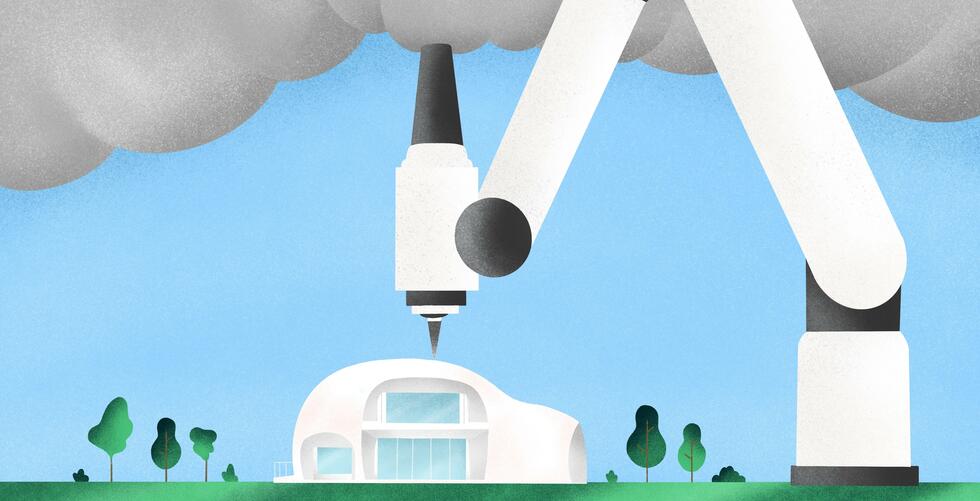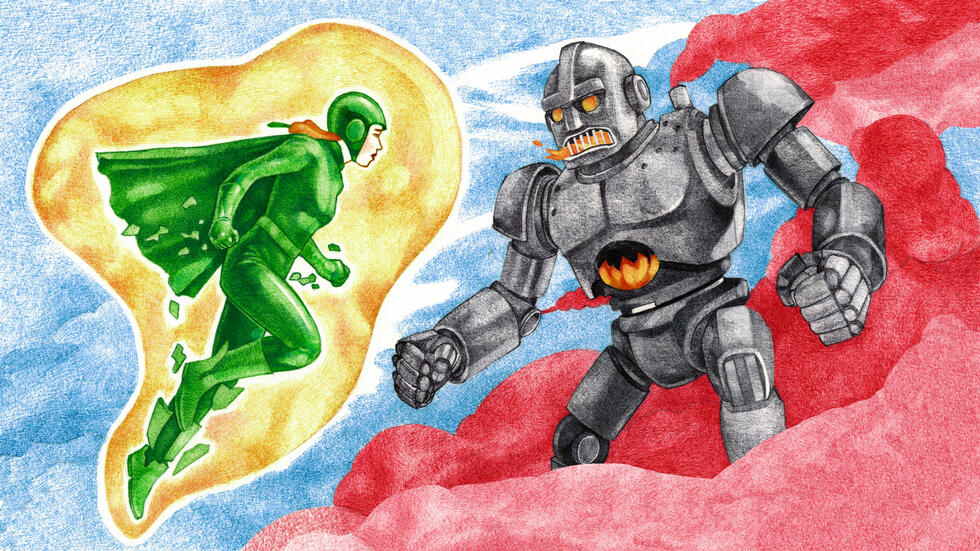SHORT NEWS
Researchers keep an eye on invisible glaciers
Researchers have used a new surveying method for the first time to keep tabs on ice remnants hidden by boulders in Austria's Silvretta Mountains. Via laser.

Since 2006, three glaciers in the Austrian part of the Silvretta Mountains have completely melted away. 43 still exist, but only 33 of them are still recognisable by visible surface ice.
In earlier glacier inventories, it was relatively easy to clearly delineate the glaciers, for example by means of aerial photographs. But the ice masses are becoming smaller and smaller, covered by debris and thus invisible. Andrea Fischer from the Institute for Interdisciplinary Mountain Research of the Austrian Academy of Sciences (ÖAW), together with colleagues, has now for the first time presented a glacier inventory based on high-precision laser scans (“LiDAR“) of the Silvretta region. With this, she has determined that the glacier area has decreased by about a third since 2006.
Such scans are generated with the help of laser-equipped aircraft that measure the terrain with an accuracy of a few centimetres and a resolution of one by one metres.
Identifying problems early
According to Fischer, one should not lose sight of the glacier remnants when observing glaciers. This is because the debris-covered ice remnants could destabilise the terrain and slow down the emergence of vegetation.
The researchers expect that by the end of the century only about ten percent of the Alpine glacier area will be left, in the Eastern Alps even somewhat less. This development can no longer be stopped, says Fischer. “So we have to try to monitor the situation closely so that we can identify problems early on.“







































































































